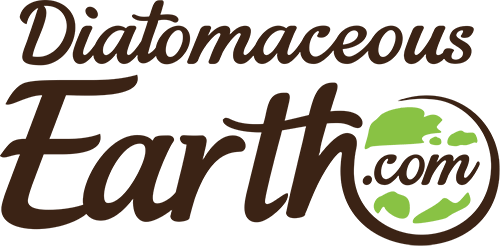
Diatomaceous Earth: Goose Feed Additive

Diatomaceous earth (DE) is an excellent feed additive for your animals, including geese. Ranchers and pet owners alike have many stories of the benefits of adding diatomaceous earth to animal feed. Used as a feed additive, DE offers your geese many benefits, such as promoting intestinal and digestive health.
You will need:
- Food grade diatomaceous earth
- A food scale
- Goose feed or pellets
As always, be sure to use food-grade DE. Non-food-grade DE, such as pool grade DE, can be dangerous to you and your animals' health if not used for its intended purpose.
The recommendation for how much DE to add to animals feed is up to 2% of the feed's weight. Use the table below as a guide:
| DE to Feed Ratios: | |
| For 100 lbs of feed | Add 2 lbs of Diatomaceous Earth |
| For 50 lbs of feed | Add 1 lb of Diatomaceous Earth |
| For 25 lbs of feed | Add 1/2 lb of Diatomaceous Earth |
Step 1:
Take note of the feed's weight, and use your scale to measure out the corresponding weight of DE.
Step 2:
Add the DE you have measured out to your feed bag or container. Use a scoop or stick to help distribute the DE evenly throughout the feed. This will have the added benefit of helping to prevent insect infestations.
Step 3:
Feed your geese as you normally would.
Step 4:
Repeat as often as your purchase feed for your geese.
